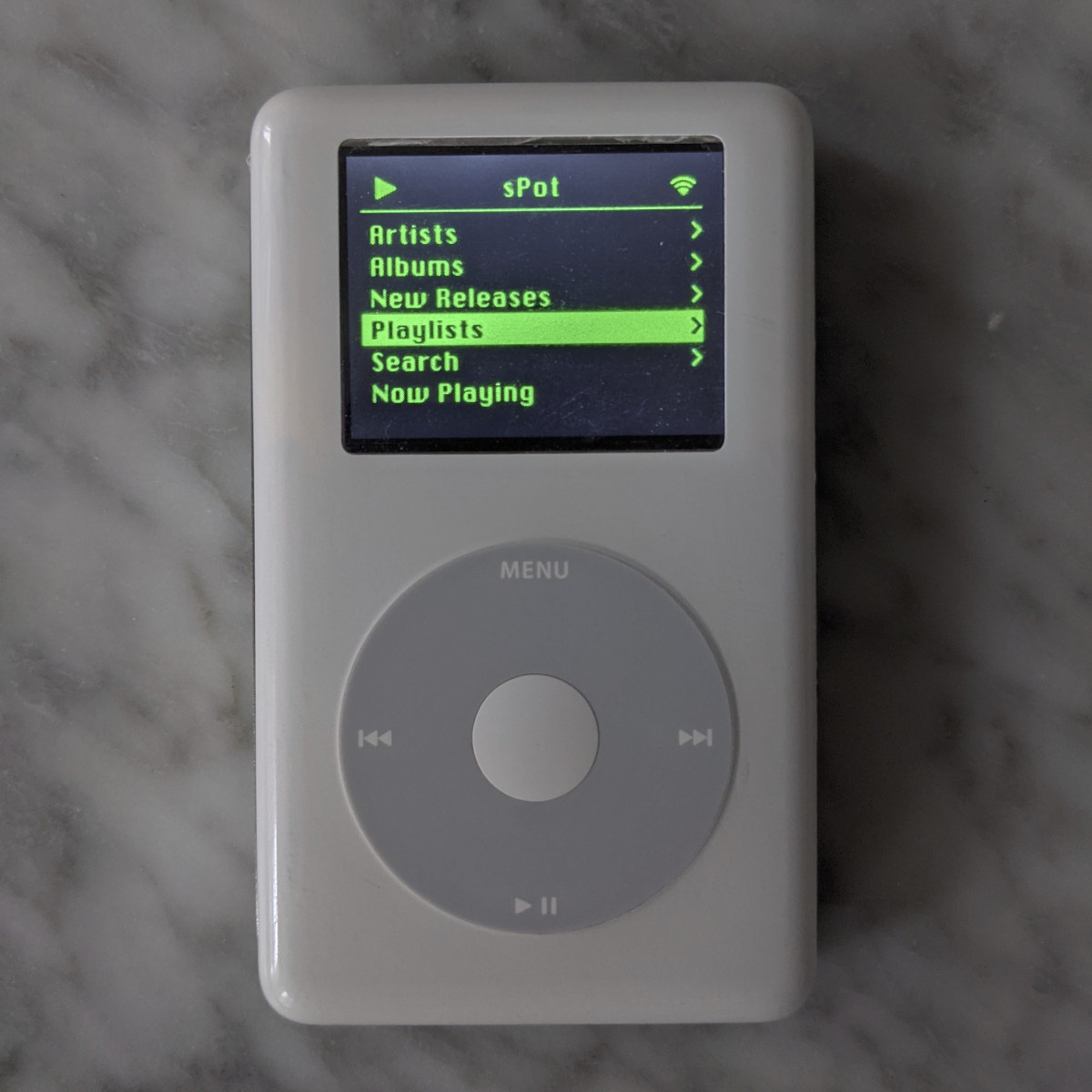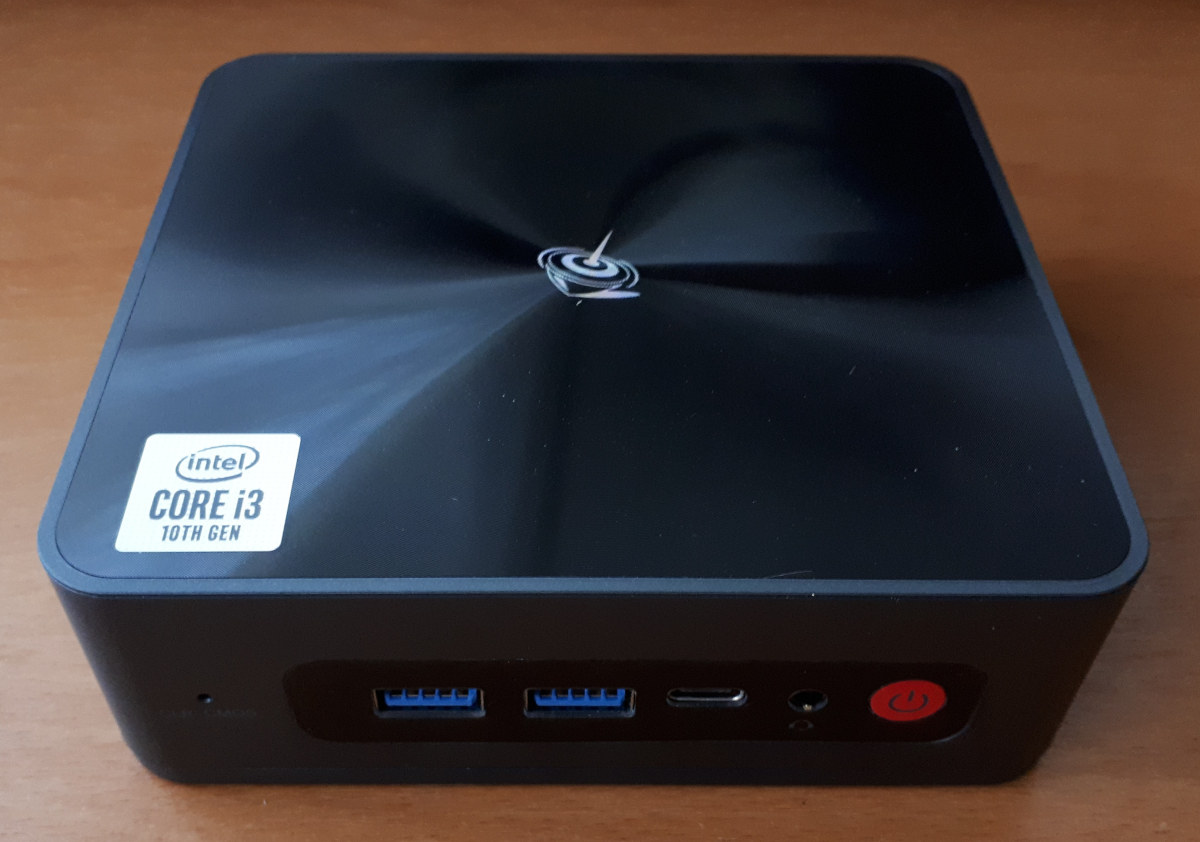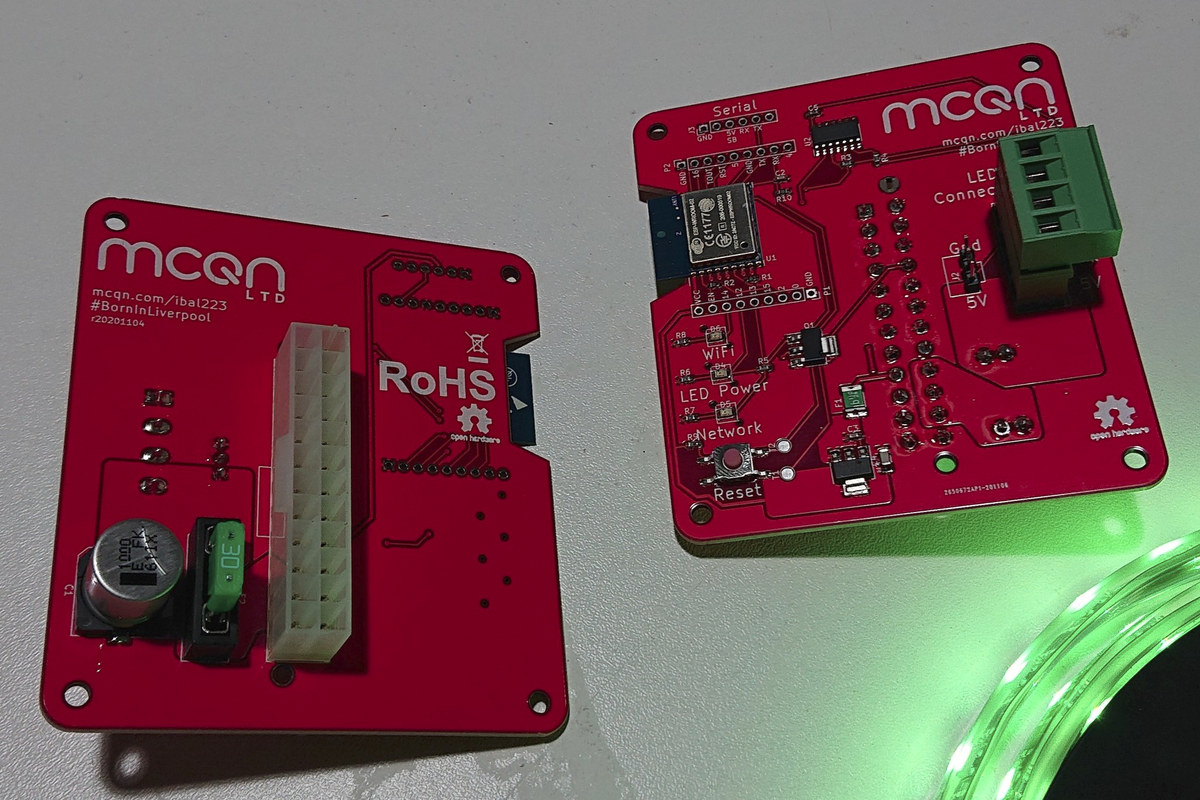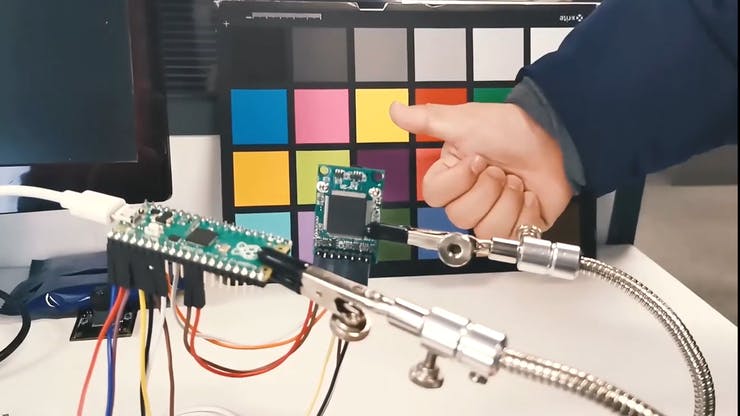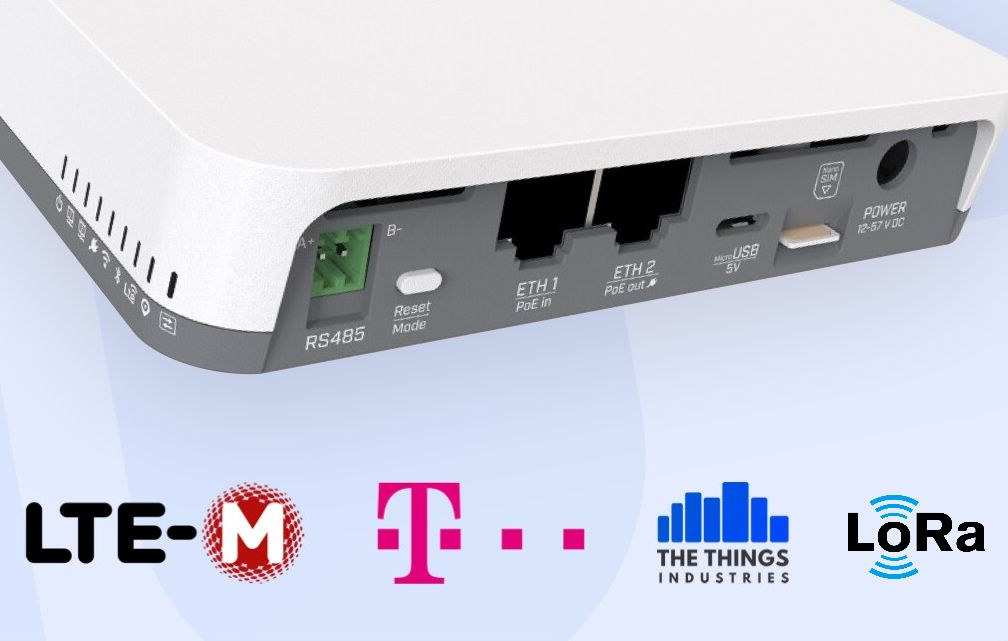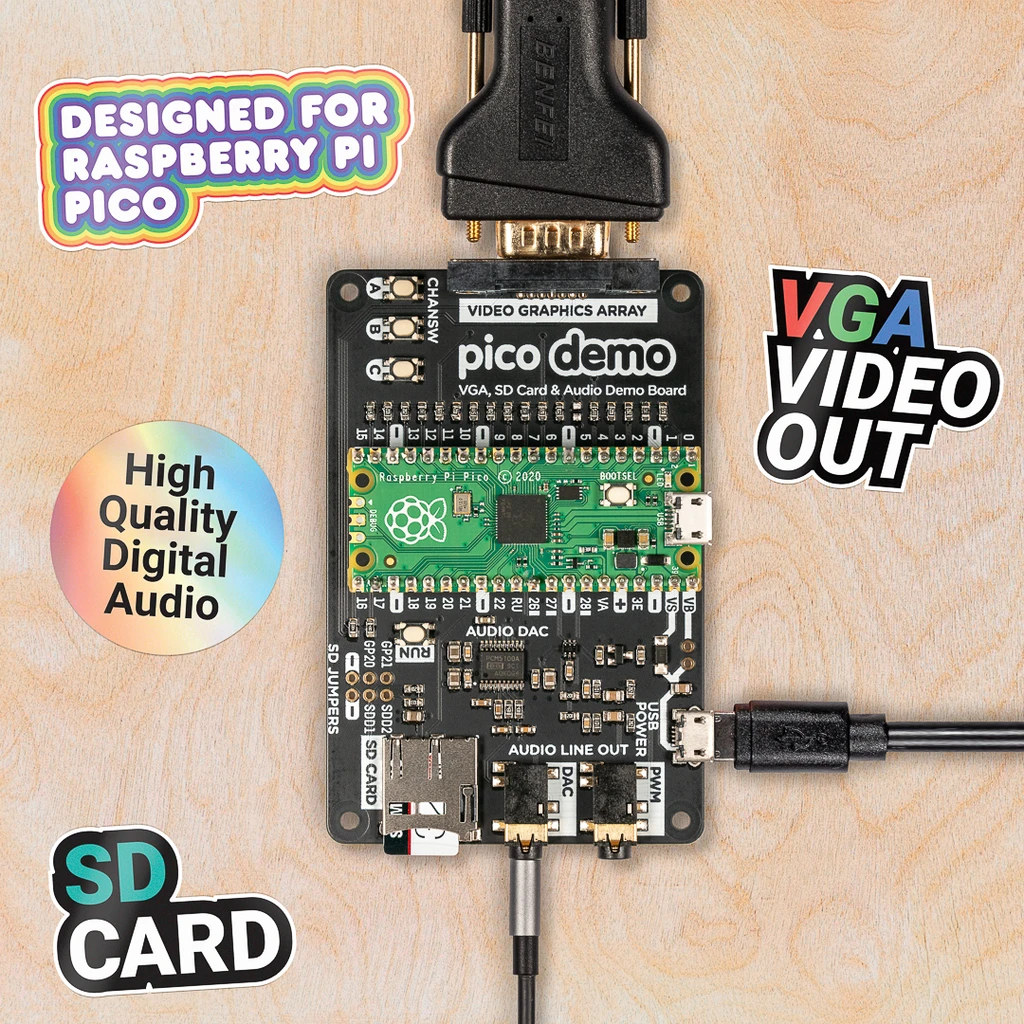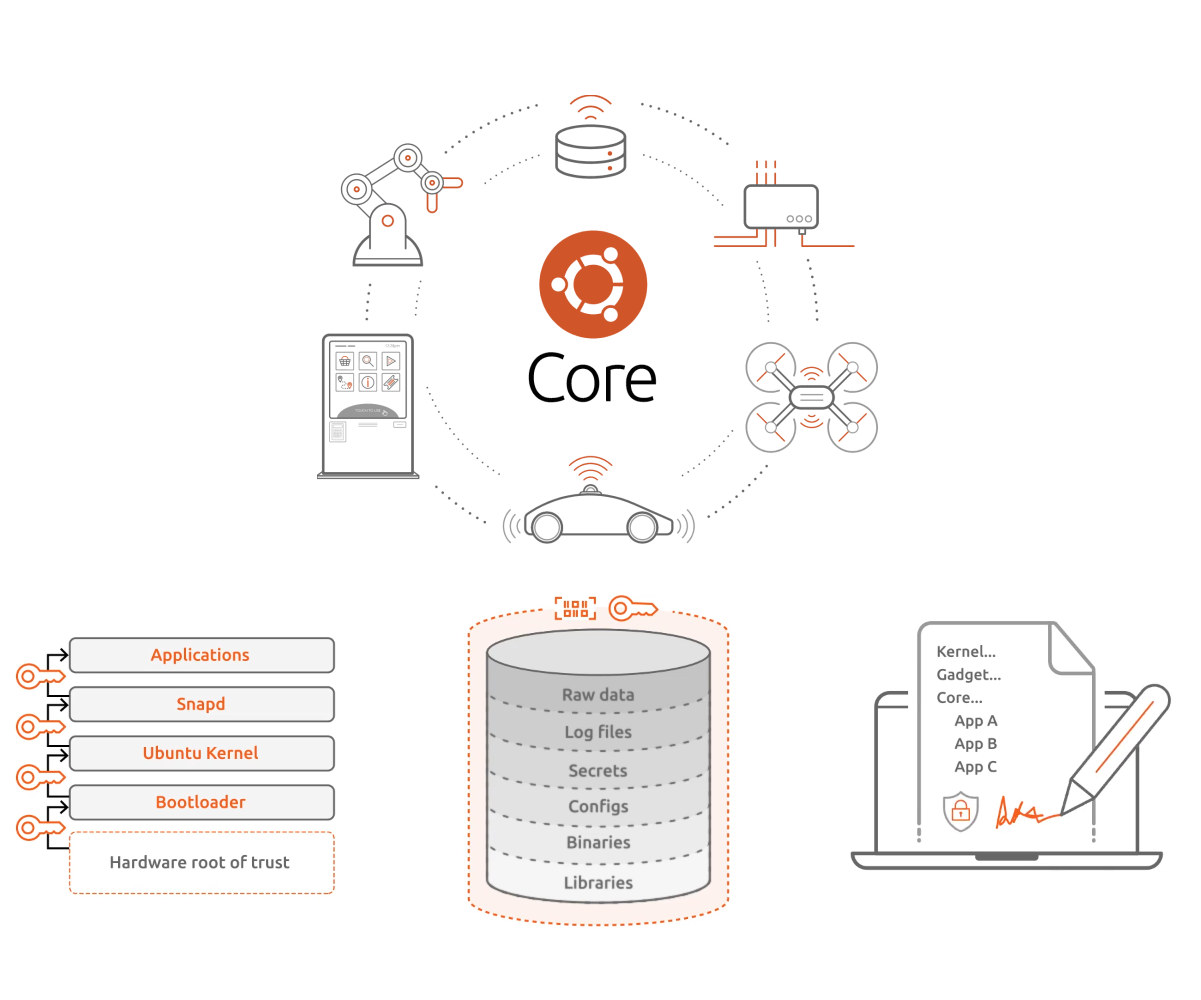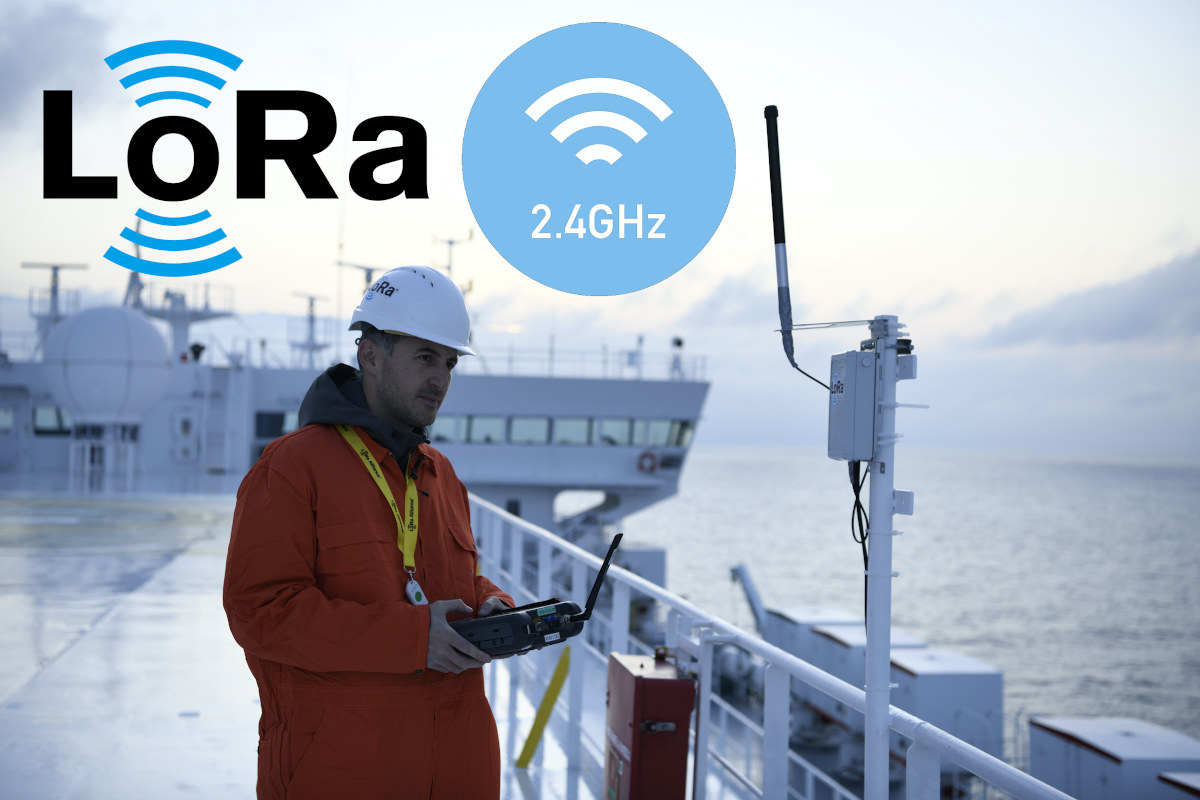Guy Dupont got a bunch of 2004, fourth-generation iPod Classic MP3 players from his mother-in-law, and instead of playing MP3 files on the media players, he decided to repurpose one with a Raspberry Pi Zero W to be able to stream music from Spotify over WiFi. The resulting project is called sPot (ess-pot), and looks just like an original iPod, but it’s a Linux device that can stream/search via Spotify with a UI written in Python and based on the original iPod experience. But apart from the enclosure, and the original “click wheel” there’s not much left from the original design. Besides the Raspberry Pi Zero W SBC and iPod enclosure, the sPod includesAdafruit Mini LiPoly/LiIon USB Charger and PowerBoost 1000 Basic boards for charging and power management, a 1,000mah,3.7V rechargeable li-ion battery, vibration motor discs For haptic feedback, a 2-inch Adafruit TFT display, and a few other components, wires, […]
Beelink SEI Review – A Core i3-10110U Mini PC Tested with Windows and Ubuntu
Beelink has launched a new range of mini PCs called the SEi Series. Similar in size and appearance to an Intel ‘NUC’ they are available in various configurations. Beelink sent a Core i3-10110U SEi model for review which is the version that has now replaced their i3-1005G1 model which they had to discontinue due to the lack of processor availability. There is also an i5-8259U model in the series. Beelink SEi Hardware Overview The SEi physically consists of a 124 x 113 x 41mm (4.88 x 4.48 x 1.61 inches) rectangular plastic case. It is an actively cooled mini PC and uses Intel’s 14 nm++ Core i3-10110U Comet Lake processor which is a dual-core 4-thread 2.10 GHz processor boosting to 4.10 GHz with Intel’s UHD Graphics for 10th Gen Intel Processors. The front panel has a power button, a headphone jack, a Type-C USB 3.0 port, and two USB 3.0 […]
ESP8266 board with 24-pin ATX connector drives RGB LED strips
“Adding Open Hardware to Open Software for a More Equitable IoT” talk at FOSDEM 2021 discussed the importance of open-source hardware and software for IoT devices, notably to avoid getting a brick after the cloud service is suddenly terminated. Adrian McEwen then specifically talked about his “My Baby’s Got LED” ESP8266 open-source hardware board powered by… a USB charger? nope. A battery? You’ve got to be kidding. Instead, the ESP8266 board is equipped with an ATX connector taking a standard power supply found in PC towers and desktops. But why? That’s because the board is designed to control a string of Neopixels/WS2812 RGB LED’s, and a 500W ATX power supply can power up to 500 lights. MCQN’s “My Baby’s Got LED” board specifications: Wireless module – ESP-WROOM-02 ESP8266 module with WiFi 4 connectivity LED strip connector – 4-pin terminal block Expansion – 2x 9-pin unpopulated 2.54mm pitch header for easy […]
Person Detection on Raspberry Pi Pico with ArduCAM and TensorFlow Lite
ArduCAM is popular for camera-based applications with various boards ranging from Arduino to Raspberry Pi. We also saw the company’s tiny coin-sized Raspberry Pi compatible module 5 years ago. Now, it also supports the newly launched Raspberry Pi Pico for real-time video applications. Raspberry Pi Pico is compatible with the ArduCAM Mini 2MP Plus camera featuring an OV2640 2MP CMOS image sensor that supports automatic image control functions including Automatic Exposure Control (AEC) and Automatic Gain Control(AGC). The camera also comes with an onboard JPEG encoder for image compression. The company has provided a Github repository with two demo applications: a video streaming application and an example for basic person detection with the probability percentage of detection. There is also an option of directly using the UF2 files for flashing with Raspberry Pi Pico, if you don’t want to build the demo from the source code yourself. The application runs […]
Deutsche Telekom IoT Gateway combines LoRaWAN and LTE-M
I’d normally view LoRaWAN and LTE IoT standards such as NB-IoT or LTE Cat-M (aka LTE-M or eMTC) as competitors, but The Things Industries and Deutsche Telekom partnered to launch an IoT gateway with both LTE-M and LoRaWAN capabilities together with associated services. We do not have much information about the hardware, but it is a LoRaWAN gateway designed by MikroTik that connects to an LTE-M backhaul and to The Things Industries’ device and data platform. If the picture above does indeed represent the actual gateway it should also be equipped with two PoE capable Ethernet ports, and an RS485 terminal block, plus a USB port and a SIM card slot. The solution would mostly be used for smart buildings at first taking advantage of the superior signal penetration of LTE-M. Sensors would send data to the LoRaWAN gateway which then, would forward it to the cloud over LTE-M. This […]
Open hardware Raspberry Pi Pico VGA, SD Card, and Audio demo board to support QVGA video playback
Abhishek recently posted an overview of Raspberry Pi RP2040’s two PIO blocks with examples in C and Micropython using some PIO assembler code. He used some basic examples like blinking an LED, but the Raspberry Pi Foundation also mentioned the programmable IO could be used to drive a VGA display, read and write data from a MicroSD card at reasonable speeds, and so on. However, the Raspberry Pi Pico does not have any of those interfaces, and it would be nice to have a board that does. It turns out there’s such a board in “Chapter 3. The VGA, SD Card & Audio Demo board for Raspberry Pi Pico” of “Hardware Design with RP2040.pdf” document. It will be sold as the “Pimoroni Pico VGA Demo Base” board for 19.50 GBP inc. VAT (about $22 US ex. VAT), but since the KiCad hardware files are open-source, I’d assume other companies may […]
Ubuntu Core 20 released for secure Linux IoT devices and embedded systems
Canonical has just released Ubuntu Core 20, a minimal, containerized version of Ubuntu 20.04 LTS for IoT devices and embedded systems. The company highlights several security improvements and features of the new version of the Linux-based operating system with secure boot, full disk encryption, secure device recovery, and secure containers. Ubuntu Core 20 is said to come with all benefits from Ubuntu 20.04 LTS such as regular, automated updates, the ability to manage custom app stores, and offers a longer 10-year support window. Ubuntu Core is available and certified on popular32-bit and 64-bit x86 and Arm single board computers such as Intel NUC or Raspberry Pi 4. Minimum requirements include a single-core processor @ 500 MHz, 256MB RAM, and 512MB storage. Alternatively, it’s also possible to run it in a virtual machine on your PC. Security is further enhanced with apps running in containers, and since only the necessary software […]
LoRa 2.4GHz is now supported by The Things Network
Semtech brought LoRa to 2.4 GHz through their SX1280 & SX1281 transceivers to enable hardware manufacturers to design region-independent products, rather than region-specific products in the 433, 868, and 915 MHz bands a few years back. Things Industries announced support for LoRa 2.4GHz in The Things Network community network and its open-source stack at The Things Conference 2021 last week. However, switching to 2.4 GHz has a cost since range, one of the key selling points of LoRa, will be reduced compared to sub-GHz frequency, and that makes it most suitable for applications that work in different regions such as maritime and intercontinental logistics applications. Wilhelmsen has partnered with The Things Industries (TTI) and selected Semtech’s LoRa devices as the foundation for its new global 2.4GHz maritime IoT of the Seas platform to deliver an ecosystem of cost-effective, robust and proven IoT solutions and make them available to its diverse […]


